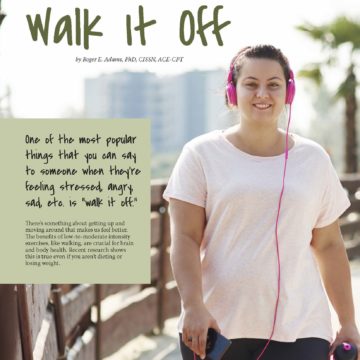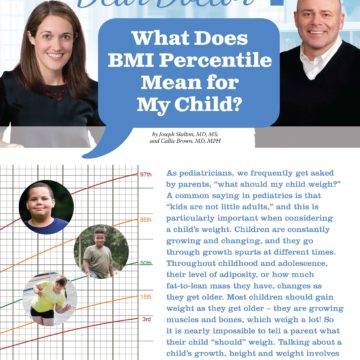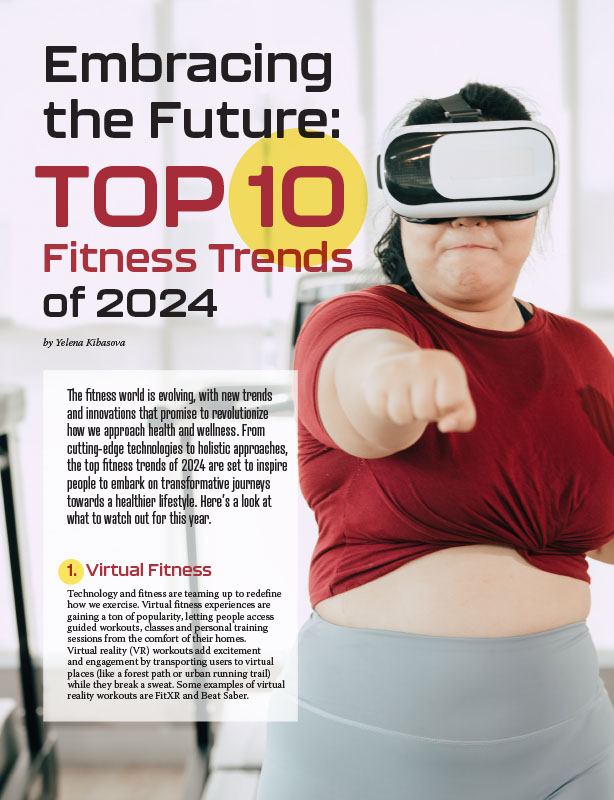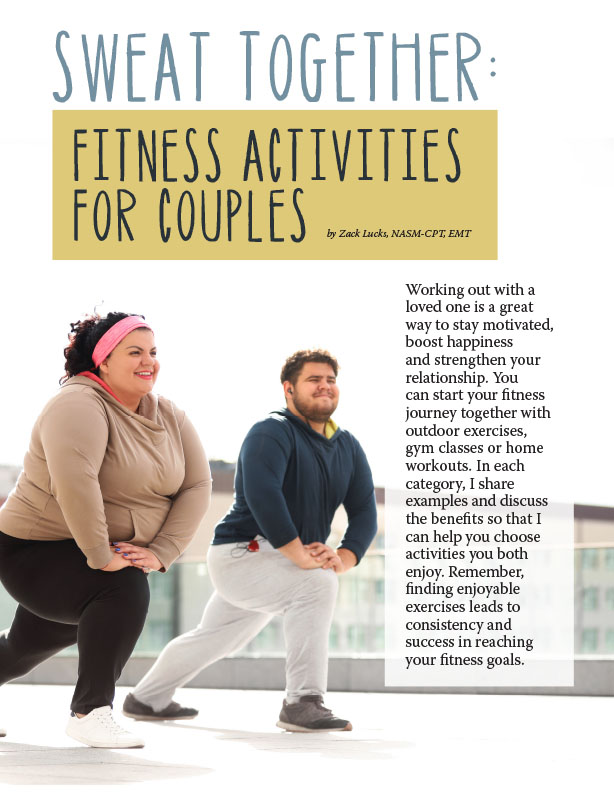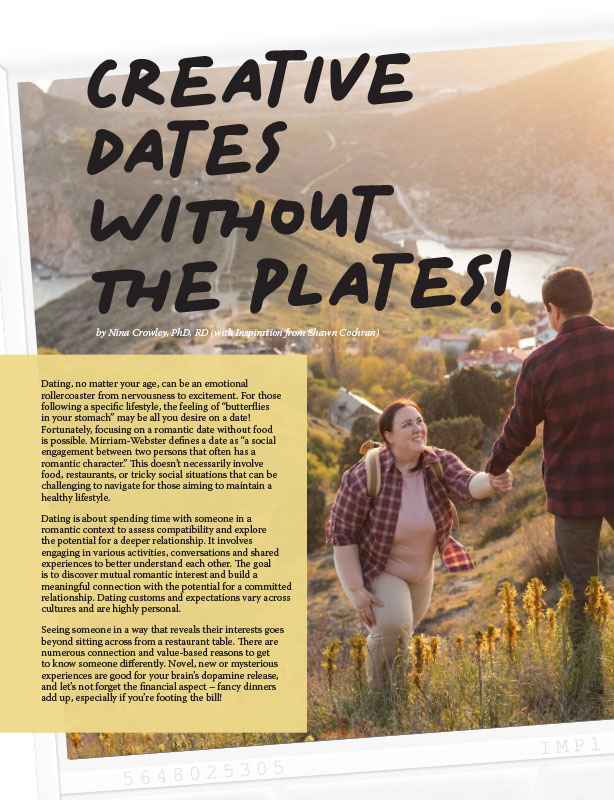Raise the Barre

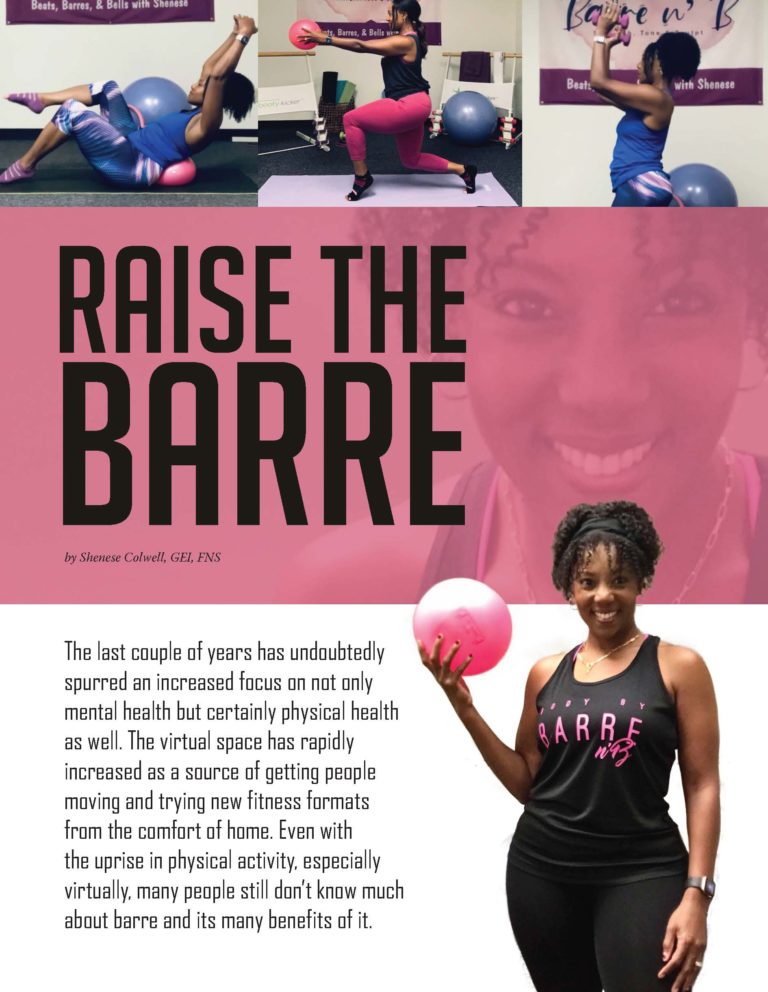
by Shenese Colwell, GEI, FNS
Summer 2022
The last couple of years has undoubtedly spurred an increased focus on not only mental health but certainly physical health as well. The virtual space has rapidly increased as a source of getting people moving and trying new fitness formats from the comfort of home. Even with the uprise in physical activity, especially virtually, many people still don’t know much about barre and its many benefits of it.
What is Barre?
The origin of barre, pronounced bar, dates to around 1960. The stereotypical idea of it being a ballet-inspired fitness format likely stems from the creator. Lotte Burke was an injured dancer who created and used the method to rehabilitate her injuries. What started as a dance conditioning workout has since transitioned to various styles and formats that can be best described as a mash-up of:
- Dance conditioning movement
- Pilates
- Strength training
- Stretching
- Balance
- Yoga
The use of a ballet barre (a barre mounted approximately waist height, to a mirrored wall, think dance studio) is the typical and expected barre class setup. However, due to the increase in virtual classes, the creativity and transition of barre are as vast as the widespread word of its fabulous benefits and fun format!
The incorporation of yoga and Pilates in barre is essential to the total body strengthening elements that this barre provides. Pilates is distinct in its focus on challenging and stabilizing core strength, as well as the method of breathing during the exercise sequences. A bonus is that while Pilates often utilizes special equipment, there is an extensive repertoire of exercises that only require a yoga mat. The exercises are perfect options to add to any barre class. It provides a variety of customizable progressions and regressions for all fitness levels and body types. The yoga element provides attention to focus and breathing, which is also key to the stretching and balance work in barre. It all fits nicely into a 45–55-minute workout that challenges your core and leaves you feeling like you’ve worked muscles you didn’t even know you had.
What Fitness Level is Barre?
While there are HIIT (High-Intensity Interval Training) type barre classes, barre is known for being low impact, which simply translates to being easy on the joints. The movements in traditional barre workouts don’t involve jumping and are great for beginners and people with joint issues or certain limitations that hinder them from various other workout formats.
The elements that barre provides in addition to being low impact are a recipe for success among various ages and body types. It all culminates into strength and stretching, balance work and flexibility, all set to music and delivering a surprisingly effective workout. ‘Surprising” is the optimal word here. It is common to have a new student try barre and tell me afterward that they did not expect the level of effort and challenge that the workout provided. A word of warning here, barre is certainly not the “frou-frou” and “frilly” girly girl workout it is stereotypically perceived. Just ask a few of the male clients in any barre class.
Don’t let that deter you from trying a class. You will find an endless variety of barre classes with varying degrees of fitness levels and modalities. There are classes that have more ballet-inspired movements, hybrid classes that have added elements of boxing or step benches, and even center floor classes (classes that don’t utilize an actual barre). Again, the availability and the types of classes are plentiful, whether virtual or in-person.
What Are the Benefits of Doing Barre?
With just the yoga and Pilates elements alone, you can see why barre can be a beneficial workout to add to your movement regime. The breathing and focus, and attention to core stabilization, are all great for synching up mind-body awareness. In turn, it’s that mind-body awareness that sets the tone for better movement in our daily life. You may wonder how a workout that combines yoga and Pilates elements are beneficial to building strength?
Yoga and Pilates are often confused as being similar workouts. While both are excellent workouts in their respective efforts, they are different, and each provides distinct attributes to barre workouts. Yoga, as mentioned, uses breath and focus while finding centering and balance with slow transitions through the movements. This breathing and focus accompany certain yoga-inspired movements in barre as well. Pilates is more core engagement while using the breath as a focus to facilitate stabilization while performing the movements.
The deliberate focus on the movement, the attention to core stabilization and work are great contributors to building a strong powerhouse (core muscles). Strong core muscles (lower back, pelvis, abdomen, hips) lead to better posture, better balance and better movement. Both formats when added with strength training, toning exercises, dance movements and music make for a fun, feel-good experience.
Some other benefits of barre include:
- Improved flexibility
- Improved range of motion
- Strength building
- Improved balance
- Increased endurance
- Improved focus
What Equipment Do I Need for a Barre Class?
Barre. Yes, the name implies that you will be executing moves at a fixed barre in a studio. The increase in virtual classes has provided creativity in delivering classes to people who don’t have a barre available. I’ve seen students use the back of a sofa or chair, kitchen counters, bar stools, and for those die-hard barre class regulars, portable barres that you can purchase for home use. So, if you are doing barre from the comfort of home, most likely, you can still enjoy a full barre class experience.
Most barre classes also require the below:
Yoga or Pilates Ball – The yoga/Pilates ball is great for adding resistance by doing everything from bridges to “seat” work (squeezing the ball between or behind the knees, between the ankles, or the thighs).
Resistance Bands – Resistance bands are used in standing work (rows, curls), and floor work (leg exercises).
Light Hand Weights – 1-3 lb. dumbbells are a must for getting that great targeted muscle work from working in all those reps. In fact, we specifically stress lightweights. Trust me, you’ll feel it.
Socks or Bare Feet – Shoes can trip you up in a barre class. Literally. Grip or sticky socks (yoga, Pilates, or barre socks) or bare feet are highly recommended. They allow for ease of movement, better execution and balance.
If you are attending an in-studio class, these items are provided in the class. If you don’t own a pair of sticky socks, most studios offer them for sale. If you are taking a class from home, the great news is you can perform many of the movements with moderations, without the equipment. As you progress and continue to take classes, getting a few class props, as mentioned, can certainly elevate your workout.
Conclusion
Barre has been around for over 60 years. It’s a game-changer when it comes to total body workouts. If you are looking to raise the bar and add another element of strength to your workouts or to change up your fitness routine, try a barre class. The level of focus and strength, as well as the total body benefits, will be noticeable over time. The variety of modalities, class formats, instructors and musical preferences are plentiful. If you’ve never taken one before, I can just about guarantee you will be surprised. If not by the general perception of the fitness format, then certainly in how you feel once you’re done. Grab some sticky socks and get moving!
About the Author:
Shenese Colwell, GEI, FNS, is a gastric bypass surgery patient and the owner & founder of L.A.B Work & Fitness (Life After Bariatrics). Having maintained a weight-loss of over 100 pounds in the last 10 years, she has a passion for helping clients reach their fitness goals and adopt lifestyles of frequent, effective movement to enhance mental and physical health. Fueled by her continuous pursuit of knowledge and support in the field of nutrition, fitness and motivation, Shenese has fallen in love with barre and Pilates and the essence of what it does, not only for aging bodies but for ALL bodies. She is a certified fitness instructor, health coach and fitness nutrition specialist. She teaches barre and Pilates classes, mentors, and is an advocate for aging wellness/active aging and ending obesity bias.
by Yelena Kibasova Spring 2024 The fitness world is evolving, with new trends and innovations that promise…
Read Articleby Zack Lucks, NASM-CPT, EMT Winter 2024 Working out with a loved one is a great way…
Read Articleby Nina Crowley, PhD, RD (with Inspiration from Shawn Cochran) Winter 2024 Dating, no matter your age,…
Read Article




